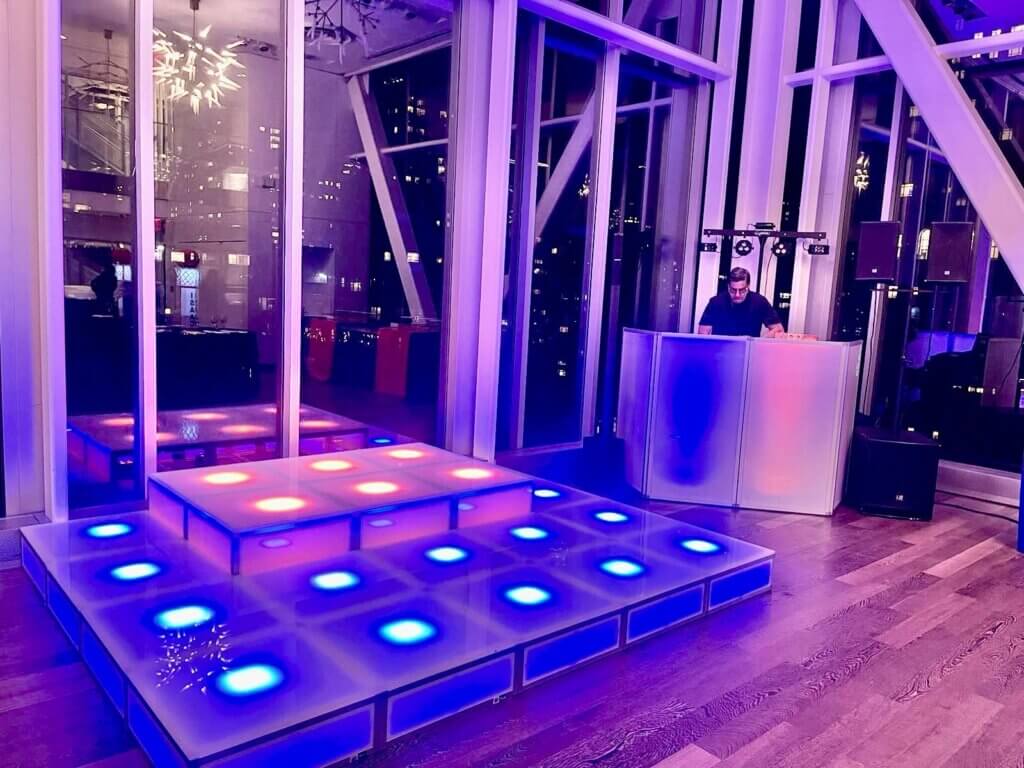Essential Techniques to Maximize the Durability of Your Flooring System
Wiki Article
In order to preserve a dancing surface's longevity, it is essential to understand the components and construction that contribute to its strength. Performance surfaces are typically crafted from timber, synthetic, or customized foam materials. Each kind has its own advantages and drawbacks. Timber surfaces provide superior flexibility and shock absorption, rendering them ideal for multiple movement styles. Vinyl surfaces are often simpler to clean and can be designed with non-slip textures, which is essential for protection. Custom foam floors provide padding, which can assist prevent accidents. Choosing the right material based on the planned use of the dance surface significantly affects its lifespan.
Routine maintenance is essential for extending the lifespan of a dance surface. This includes cleaning and refinishing the surface as needed. For timber floors, it is important to brush or vacuum consistently to eliminate debris and dirt that can scratch the finish. Furthermore, using a sealant or finish every several years helps shielding against humidity and wear. Synthetic surfaces should be cleaned with appropriate solutions that do not damage the flooring. Keeping a regular cleaning routine will not only maintain the appearance of the surface but also ensure a secure dancing space.

Temperature and humidity hold a critical role in preserving a dance floor's condition. Optimal settings for timber surfaces are generally a heat range between sixty to eighty degrees °F and a humidity level see this site of forty to sixty percent. Excessive humidity can lead wood to warp or form mold, while excessively dry conditions can result in cracking. In spaces where moisture ranges fluctuate, it may be advantageous to invest in a moisture regulator or drying unit. For synthetic or foam surfaces, ensuring adequate ventilation can assist in reduce humidity buildup that might weaken their stability.
Correct usage is another essential approach for prolonging the lifespan of a dance surface. It is important to set guidelines for events that take place on the floor. For example, high heels or pointed items should be avoided as they can create permanent harm. Keeping fixtures away from performance areas also prevents marks and indentations from developing. If the space accommodates multiple functions, using safeguarding mats during alternative events can further protect the floor like it from wear.
Ultimately, periodic expert assessments are an reliable way to guarantee ongoing maintenance of a performance floor. Hiring experts who focus on flooring can provide valuable guidance into potential problems before they become major problems. These experts can offer guidance on restorations or refinishing options that might extend the lifespan of the floor substantially. By investing in regular inspections and updates, facility managers can maintain that their dance surface remains safe, appealing, and functional for decades to come.